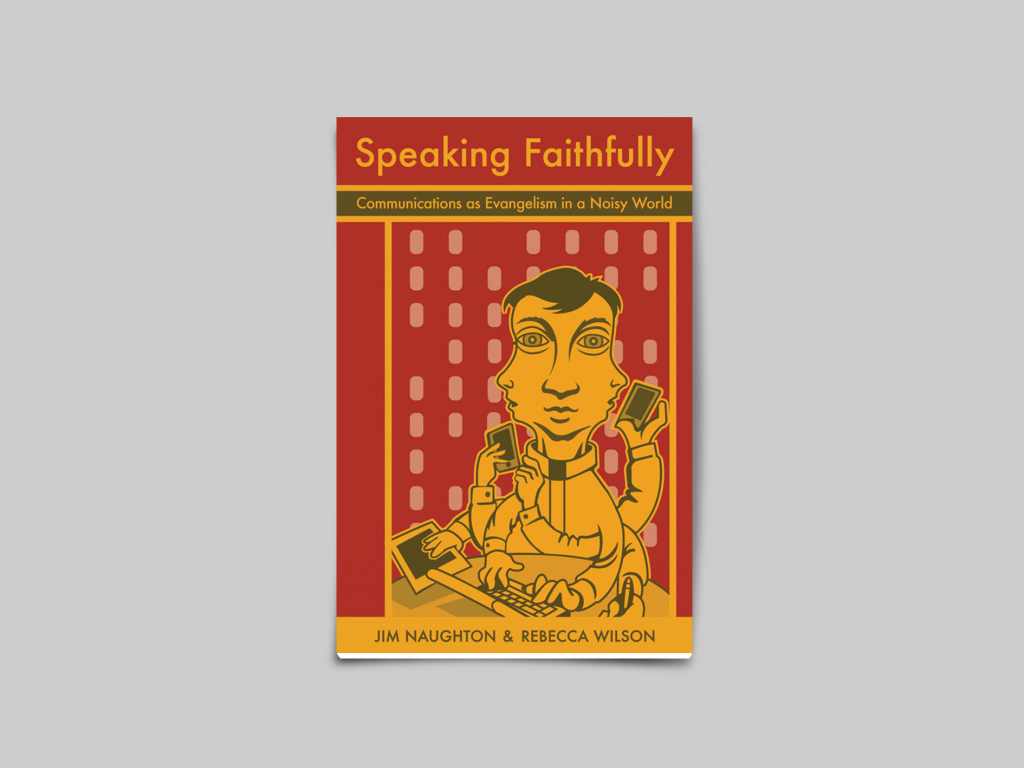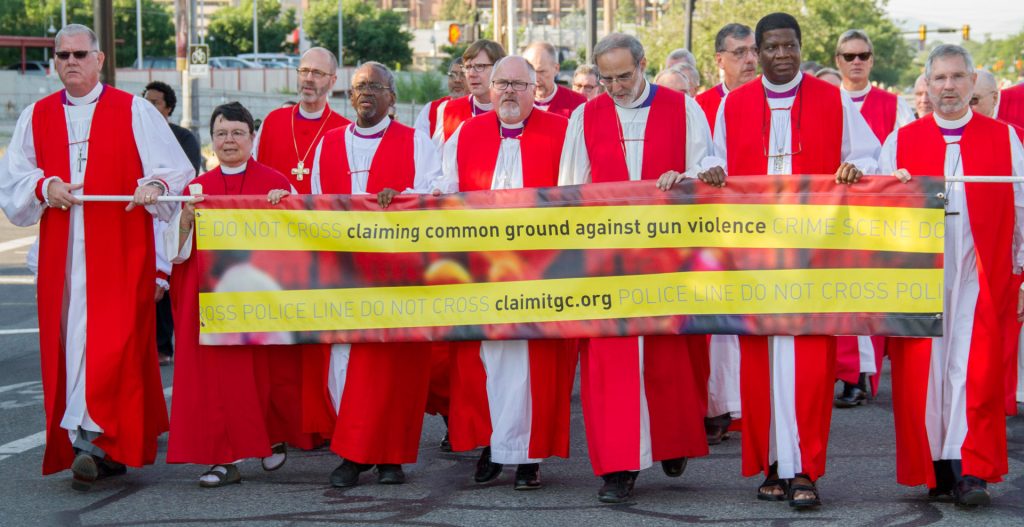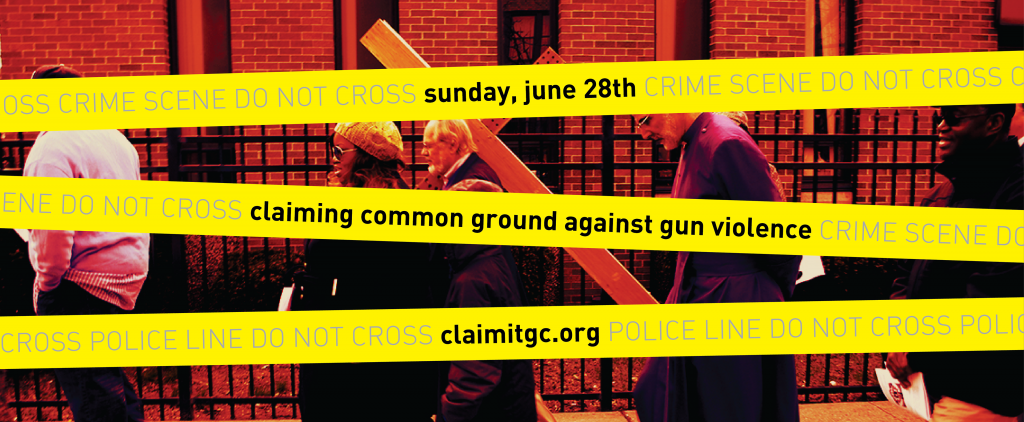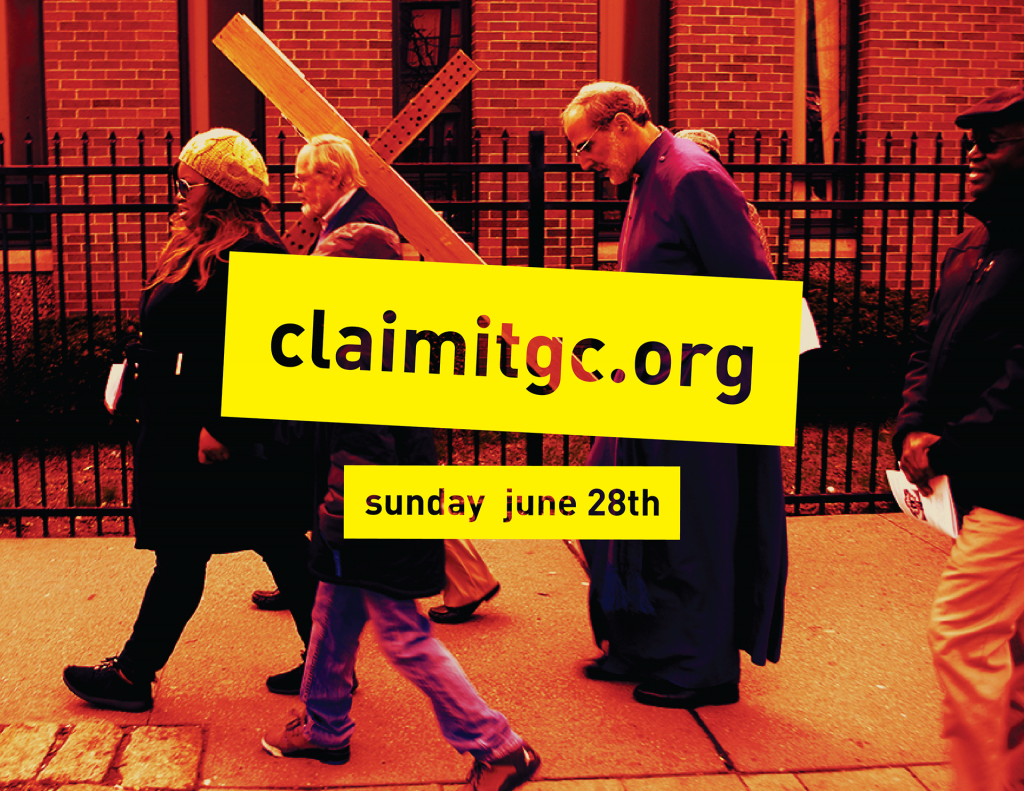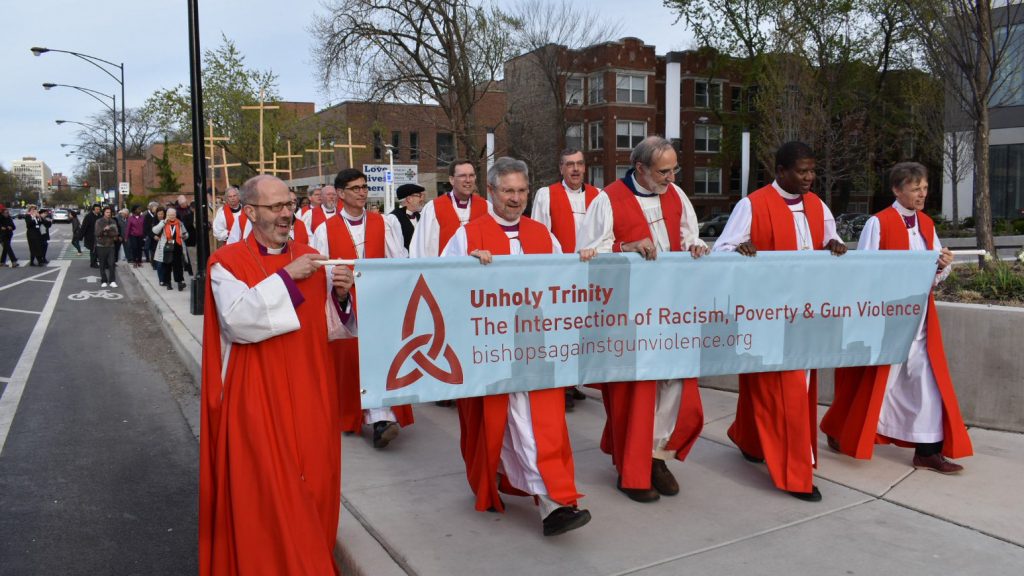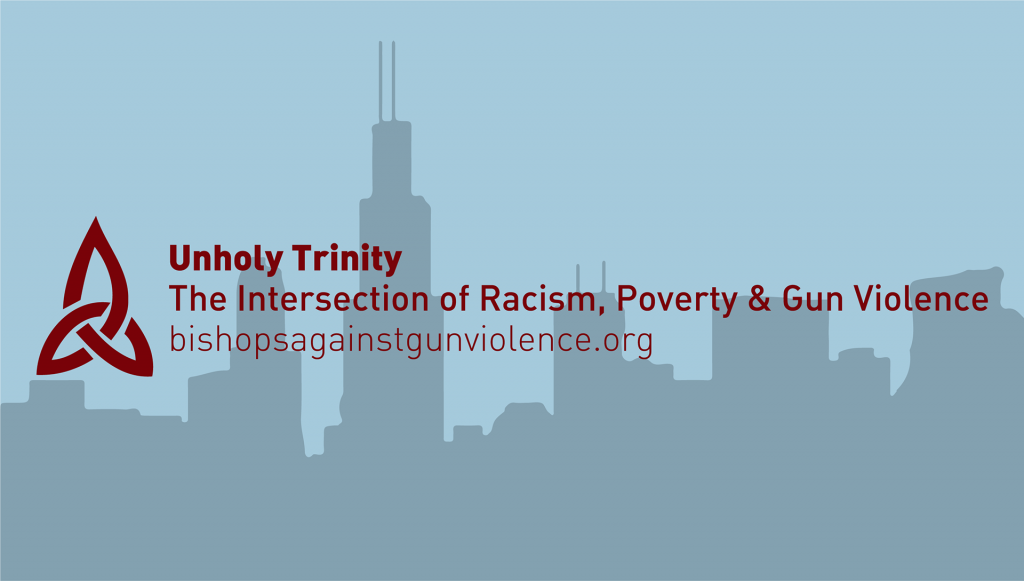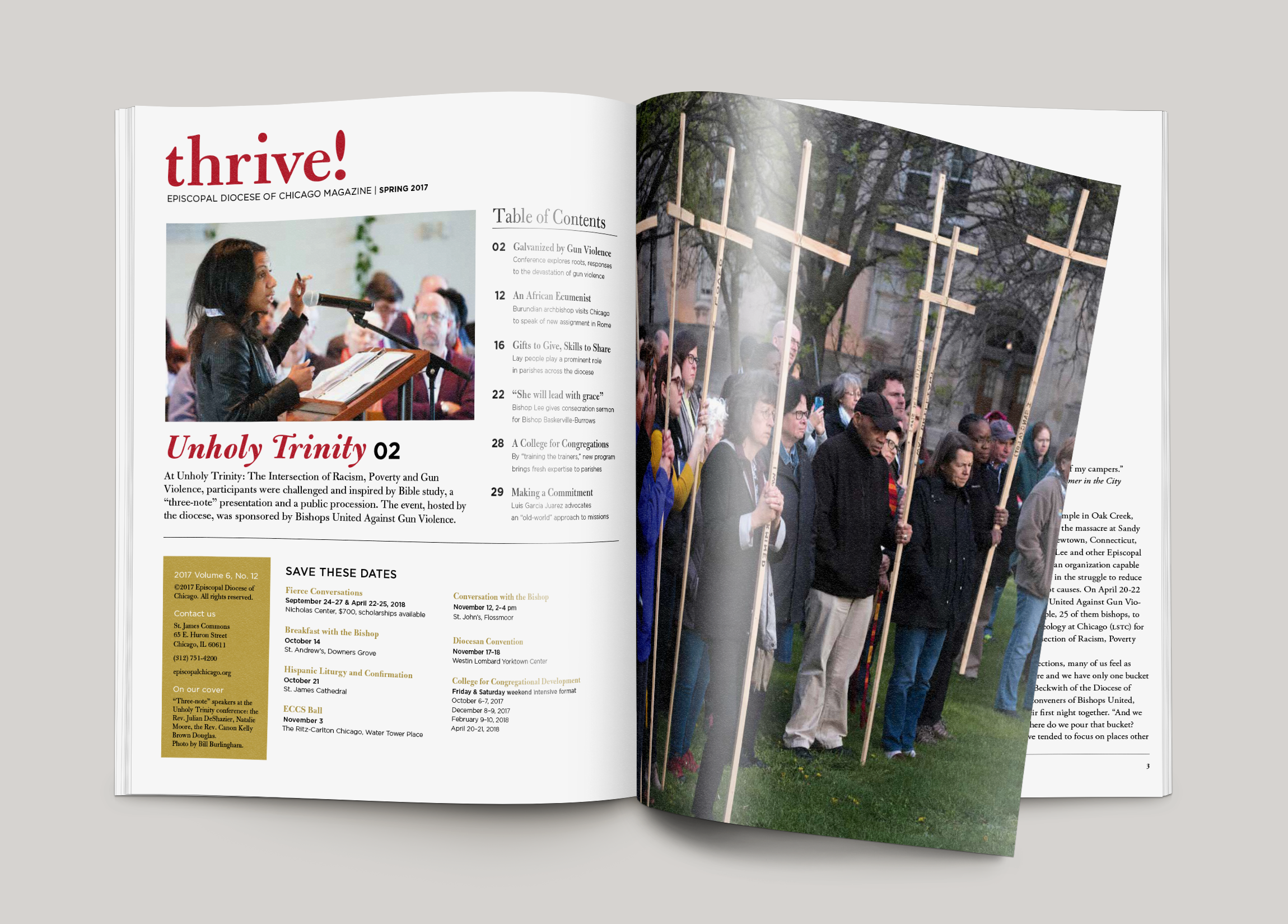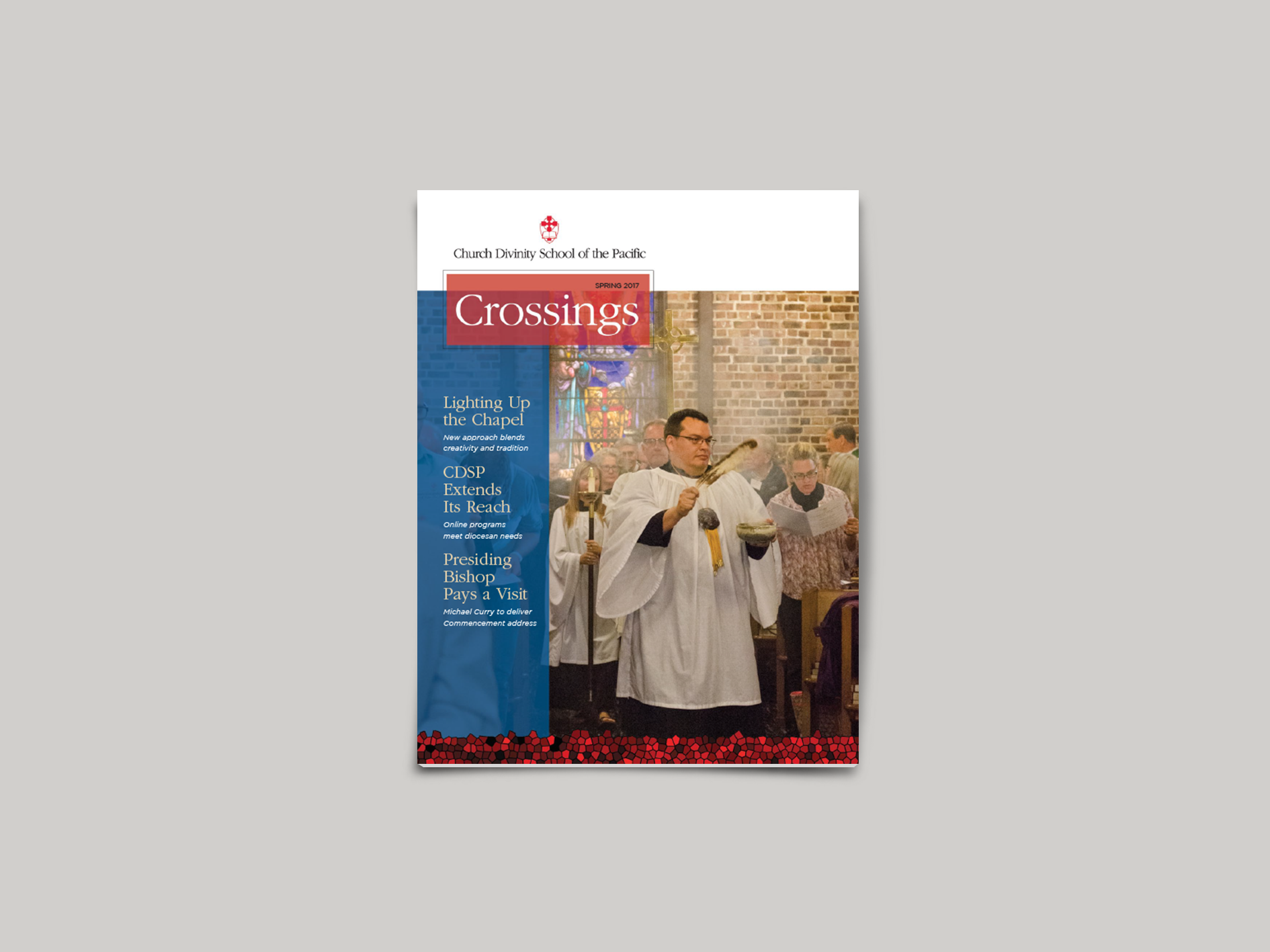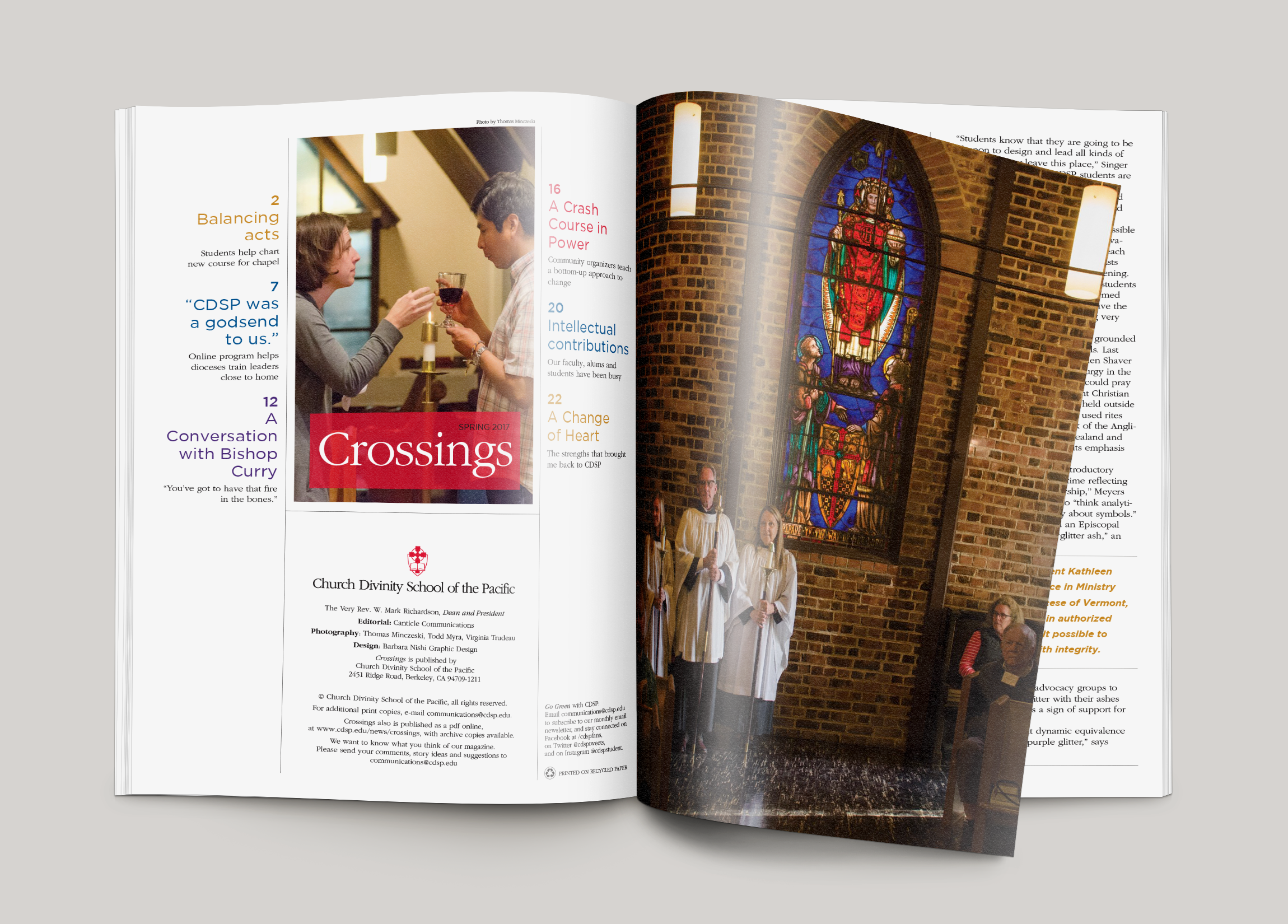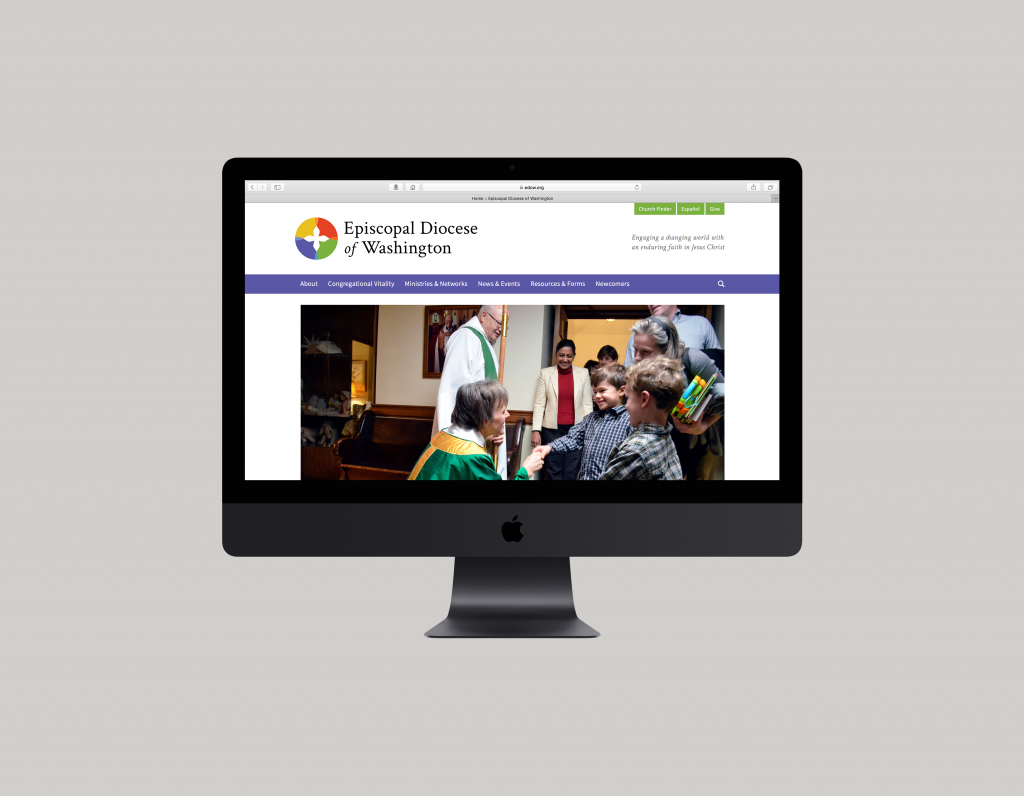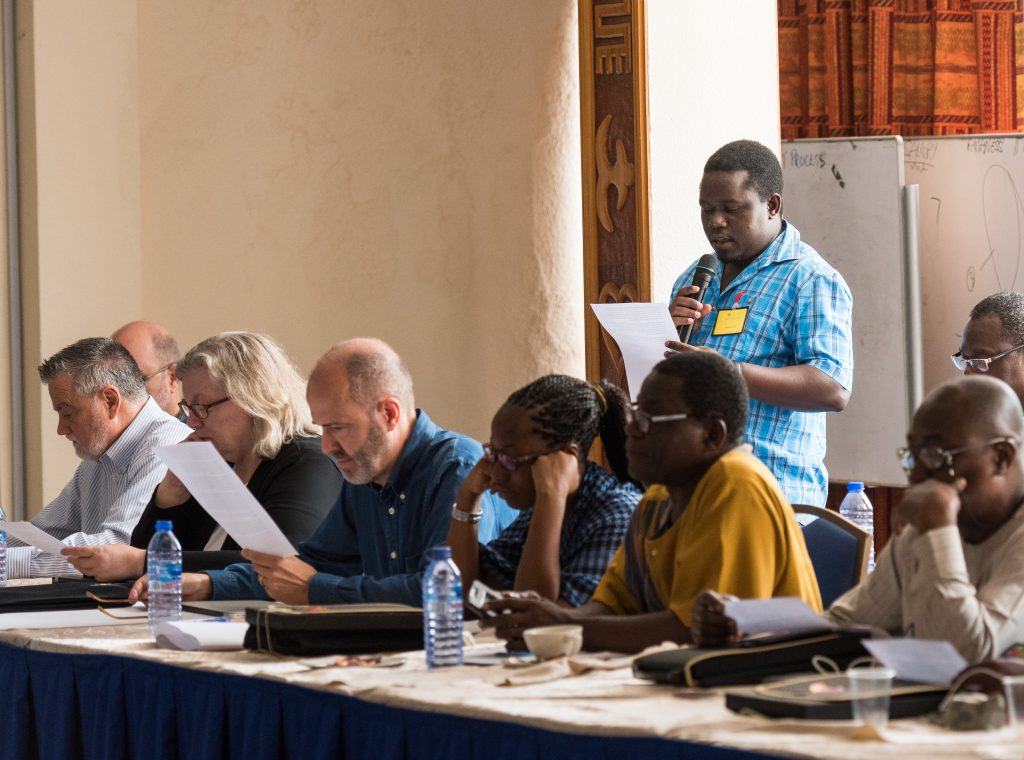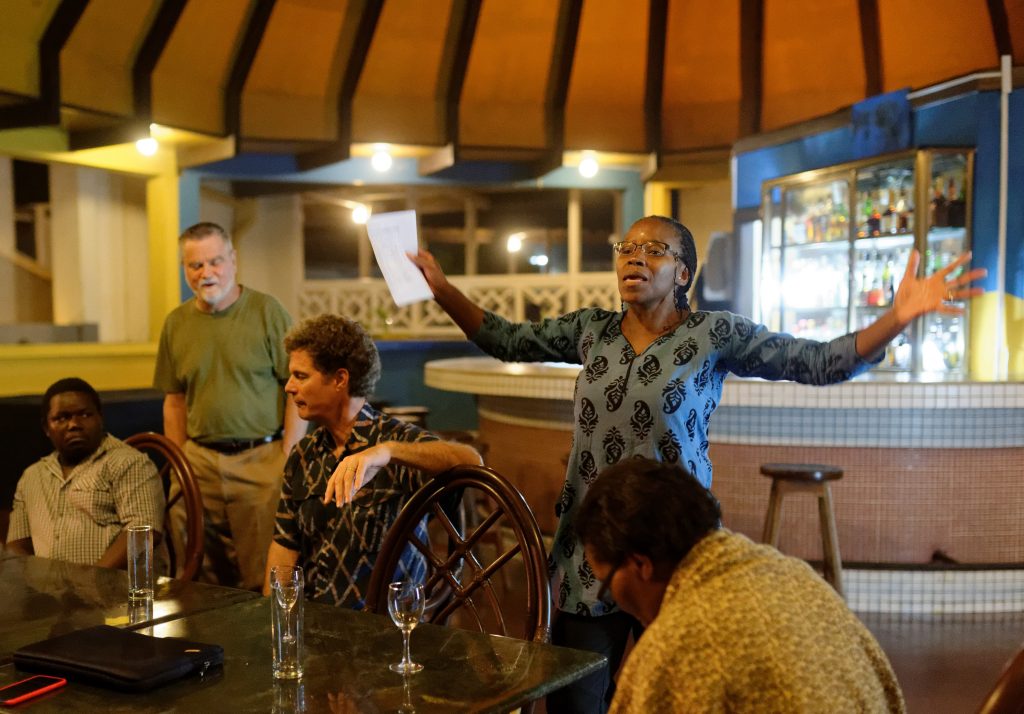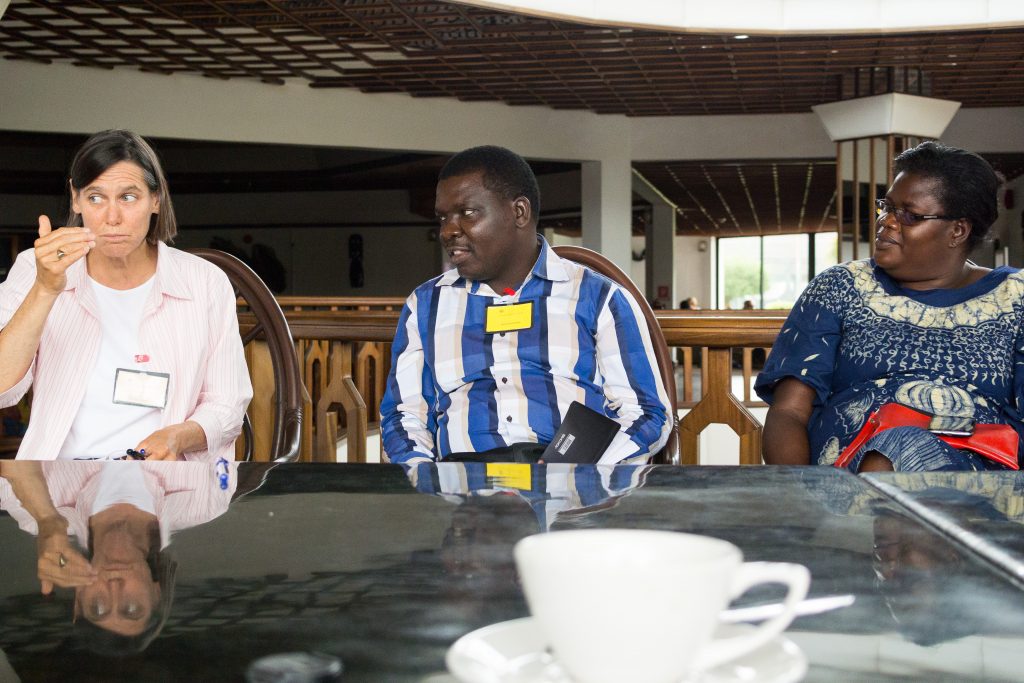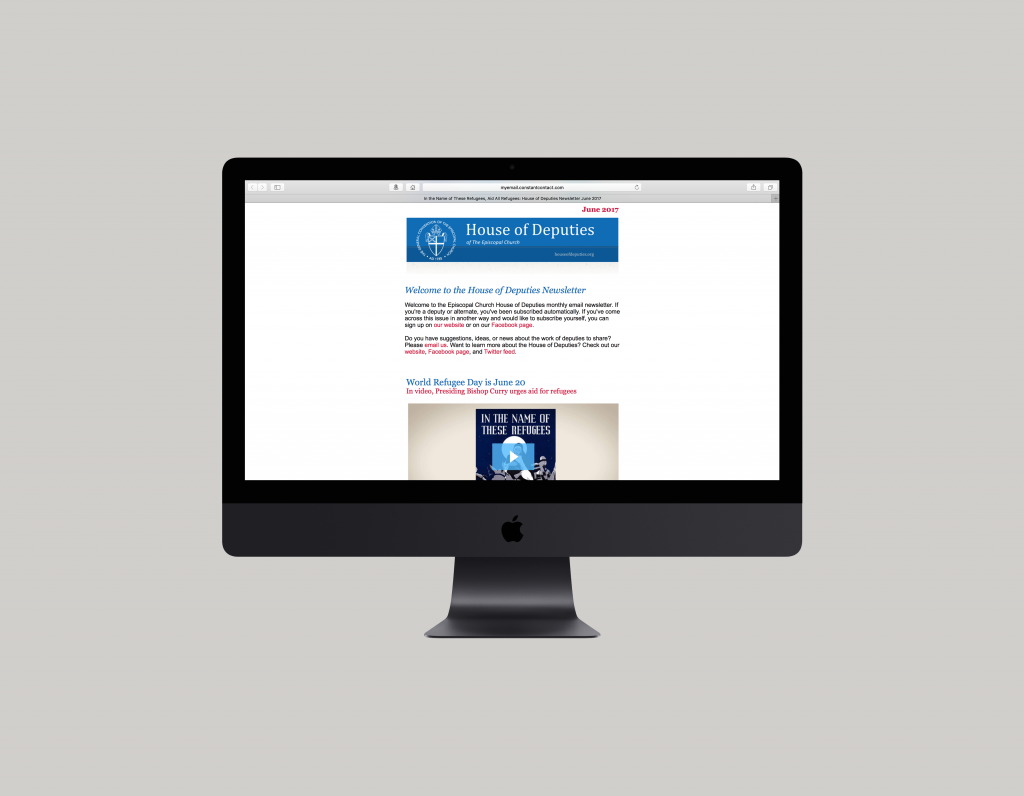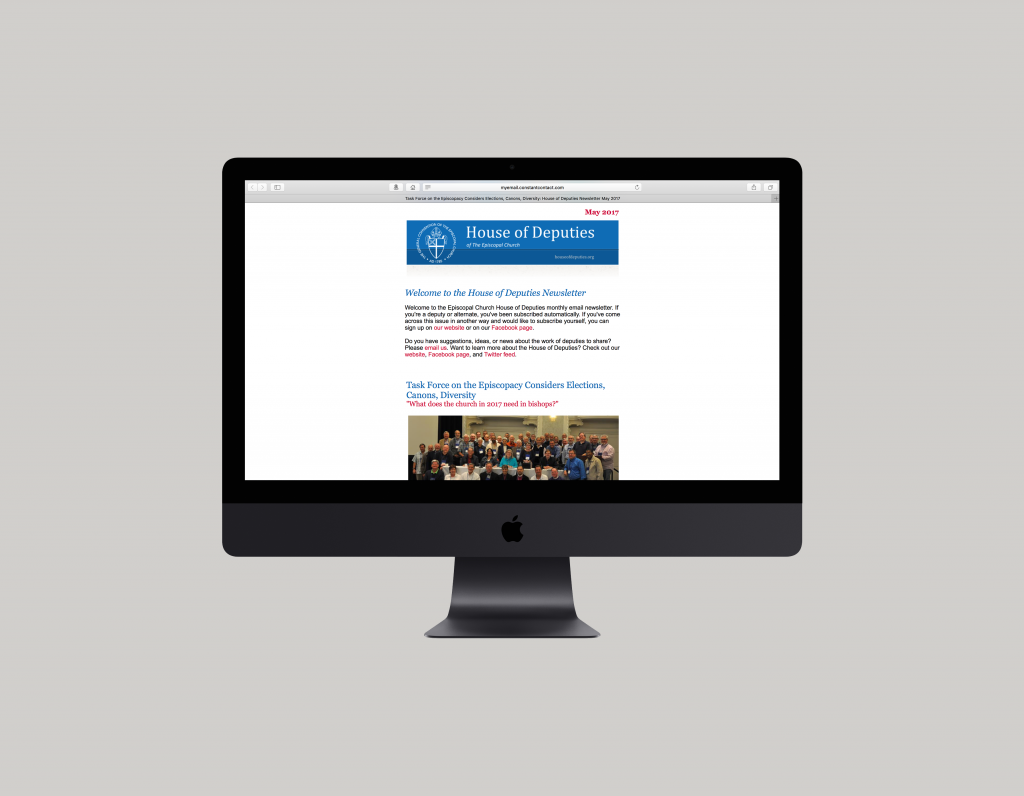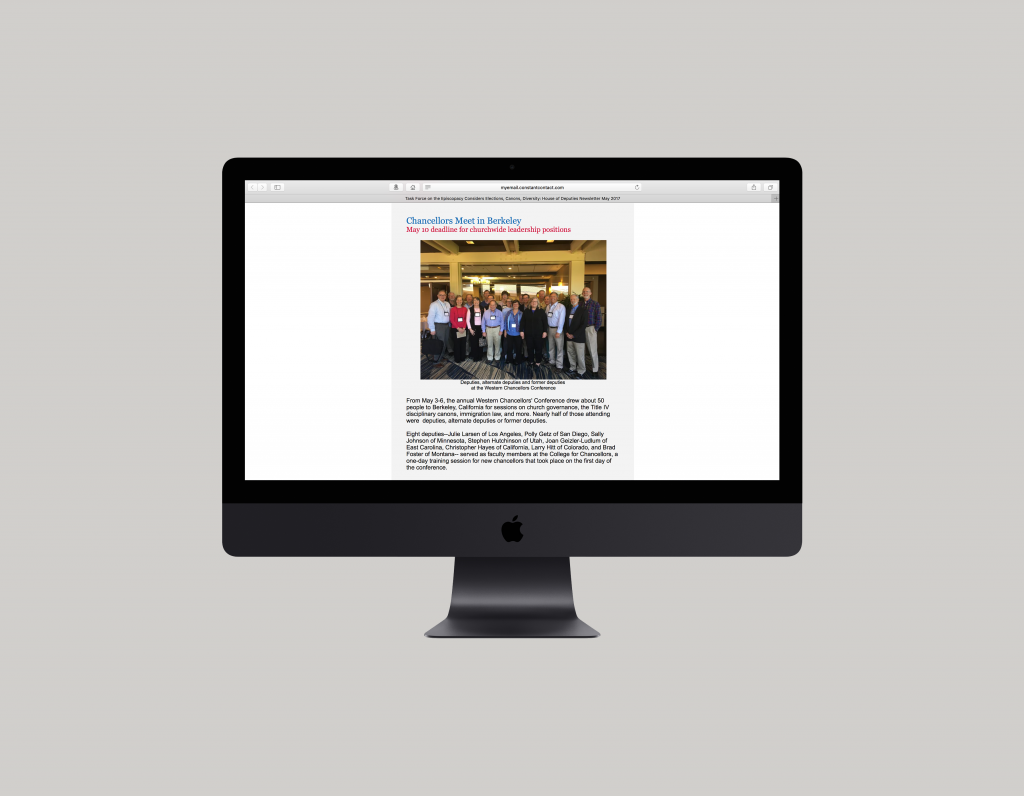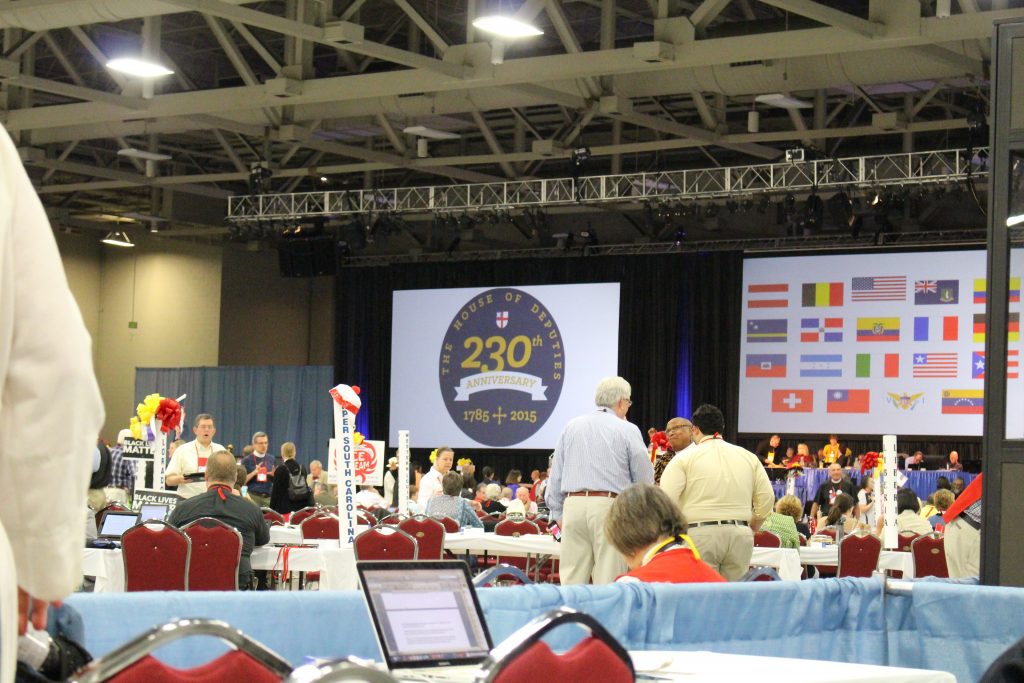Kathleen Moore, communications manager at Canticle, is also a postulant in the Diocese of Vermont and an MDiv student at Church Divinity School of the Pacific. She preached this sermon on August 13, 2017, at St. Peter’s Episcopal Church in Bennington, Vermont:
In this morning’s Gospel reading from Matthew, Jesus walks on water. And so does his follower, Peter. This is a story about following Jesus. And this is a story about fear.
After the feeding of the 5,000, Jesus, understandably, seeks some time alone up on the mountain to pray. But before he sets off to do so, he tells his disciples to go on ahead of him, to take a boat to the other side of the sea.
By evening, the boat is far offshore. It is being “battered by the waves.” The wind has risen up against it.
And, early in the morning, Jesus simply walks toward them. He walks on the water. And … they cry out with fear. Shaken up by the sea, shaken up by the wind. Shaken up by something they don’t understand – the disciples react with fear. They reach for words to put a name to what is going on. “It is a ghost!”
Jesus responds, “Take heart it is I; do not be afraid.”
It is Peter who answers Jesus. “Lord, if it is you, command me to come to you on the water.” And Jesus answers, simply, “come.”
It’s such a breathtakingly beautiful, weird, wonderful image. It is the stuff of poetry. It is the stuff of dreams. One figure walks, or maybe glides, toward another – both suspended “on the surface of the waters.” They, and we, are suspended in a moment when that curtain between things earthly and things divine starts to disintegrate: the bigger picture is visible – it’s there for us, spinning like a top. I imagine time and space bending in a different way during these watery steps.
And then … bang! A strong wind springs up. Peter becomes aware of the storm. And just like that, it’s over. The top stops spinning and falls, lifeless. Peter tumbles “back to earth” – back to the sea – back to fear. Peter plunges into the deep, cold water, screaming, “Lord, save me!”
And Jesus is right there, ready to save him. As he snatches Peter from being swallowed up by the waves, he says, “You of little faith, why did you doubt?”
And then, the storm is over. Everyone is back in the boat. The sea is calm. The wind is out of breath. And the disciples know something new, deep in their bones – they know — this Jesus is the Son of God.
I think we can be quick to take pleasure or find humor in the disciples’ ignorance: “They see Jesus walking on water and think it is a ghost! They react to Jesus, our savior, with fear – just imagine!”
Well, this morning I will confess: Jesus terrifies me.
In her poem “Maybe,” Mary Oliver (reflecting on Jesus calming the waters in another stormy scriptural tale of the sea) describes Jesus this way:
“tender and luminous and demanding
as he always was—
a thousand times more frightening
than the killer sea.”
In this story, I wonder – is Peter more frightened of the swirling violence around him, or is he afraid of this “tender and luminous and demanding” Jesus. Walking in the footsteps of Jesus does mean, to perhaps batter the metaphor, walking on stormy seas. He expects so much from us in this act of following him. And what really strikes fear in me, is, in instructing us, he seems to think we are actually capable of it.
Capable of loving “the Lord our God with all our heart, and with all our soul, and with all our mind.” Capable of “loving our neighbor as ourselves.” Capable of responding to the truth that the poor, the meek, the hungry, the peacemakers, the marginalized – these are truly blessed. Capable of loving, of feeding, of healing … of protecting.
Yesterday this country saw a violent, ugly storm. Yesterday we all saw in the events unfolding in Charlottesville, Virginia, undeniable proof that white supremacy, that white nationalism, is alive and well in America. And undeniable proof of the racism and anti-Semitism espoused by Americans who identify as Christians. These white supremacists, many armed, with their Nazi flags, their symbols of the confederacy, their hateful language and violent behavior – were terrifying to watch. But I say that from a privileged position – as a white person, I cannot imagine just how terrifying those images really are. I cannot imagine them actually threatening my body, my life, my world.
And we like to tell ourselves stories here in Vermont that this is not us, that we are not a part of this, that we can watch and observe events like yesterday’s in Charlottesville with horror from afar. But that is, of course, a fairytale. Slavery existed here. As Harvey Amani Whitfield, associate professor of history at the University of Vermont explained in a 2014 Burlington Free Press article, even after the state abolished slavery in 1777, “slaveholding, kidnapping of free blacks, and child slavery continued until the early 19th century. Those who continued to own slaves were among the most respectable inhabitants of the state.”
Indeed, you need only look to the rejection on the part of many Vermont citizens of Syrian refugees to find racism fully on display amidst our green hills and silver waters. And, of course, Vermont is a part of this country – this country built on an economic system that necessitated an implicit, shared value of white supremacy. White people living in any state always have, and continue to, benefit from a system of white supremacy. I benefit from a system of white supremacy every day.
Activist Brittany Packnett Tweeted yesterday, “I know this is hard to hear, but… White supremacy benefits all white people. Including the ones with no torches. That’s why it survives.” Charlene Caruthers of the Black Youth Project Tweeted, “White progressives/leftists, don’t just be shocked by #Charlottesville — do the work needed to ensure that it never happens again. You’ve comfortably held the steering wheel & the gas station for too long. It’s past time to get the hell up and collect your people. If you’re white and want to be serious about fighting white supremacy, put your bodies, resources and time on the line.”
And when I read that last sentence, boy, did I identify with Peter. I got scared. I plunged into the deep and gasped for air. Because there was truth there that spoke directly to me, a “white person with no torch.” Thoughts started swirling in my head. “But I don’t know how,” I thought. “What do I do, how do I start?” And I heard a voice say, “no one knows how to walk on water. Listen to people of color. Listen to Jewish people. Listen to Muslim people. Listen to LGBTQ people. Listen to those most threatened, and listen to them first.” “But I’m scared,” I thought. “Do not be afraid,” came the answer. “But what if I fall?” “When you fall,” came the answer, “I will be here.” This is a story about following Jesus. This is a story about fear.
People of color in this country are, and always have been, doing the terrifying work of walking through the storm. Of living in a country that allows and, indeed, promotes and benefits from the denial of their very right to existence.
I will never weather a storm like that. I don’t walk with those wounds. I can’t know that pain. But I can put myself, my soul, my mind, and my body on the line – I can put one watery foot in front of the other, and walk a path toward Jesus, toward that holy, suspended moment on the surface of the water … but will I? Will you? Just saying it makes me wobble. I feel that violent wind blowing. Do you? I feel so close to being swallowed. When he sank, was it because Peter doubted Jesus? Or did he doubt himself? Because Peter was in control of his own steps. No one else.
I am in control of my steps. I have agency in all this — I am a full and participating part of the white supremacist system. I am a beneficiary of these demons, this sin, this evil. We are called as Christians to be responsible for our own steps. In the face of white supremacy, we are called to be anything but silent – to choose love over hate, God over empire. We are called to speak, and to act on those beliefs. The only thing stopping me from stepping forward is me. Is fear. Is lack of faith — in Jesus and in myself. In the midst of the storm I pray for the courage Peter had to ask Jesus to “command me to come to you on the water,” because I know the response to that question is “come.”
“tender and luminous and demanding
as he always was—
a thousand times more frightening
than the killer sea.”
Amen.
